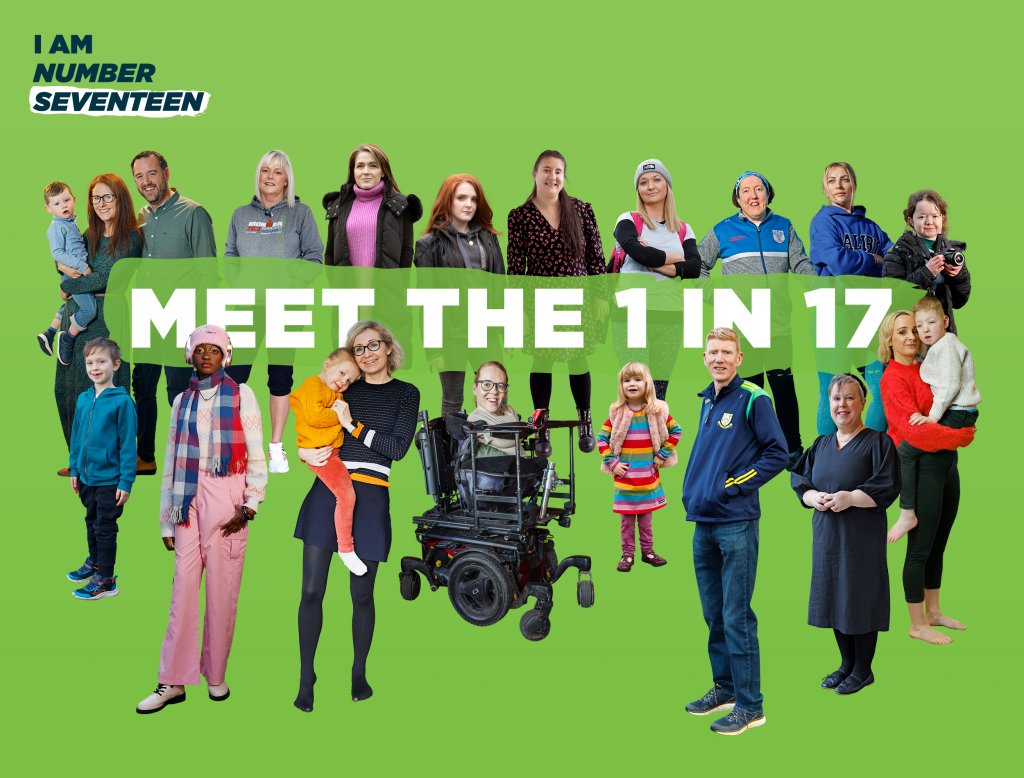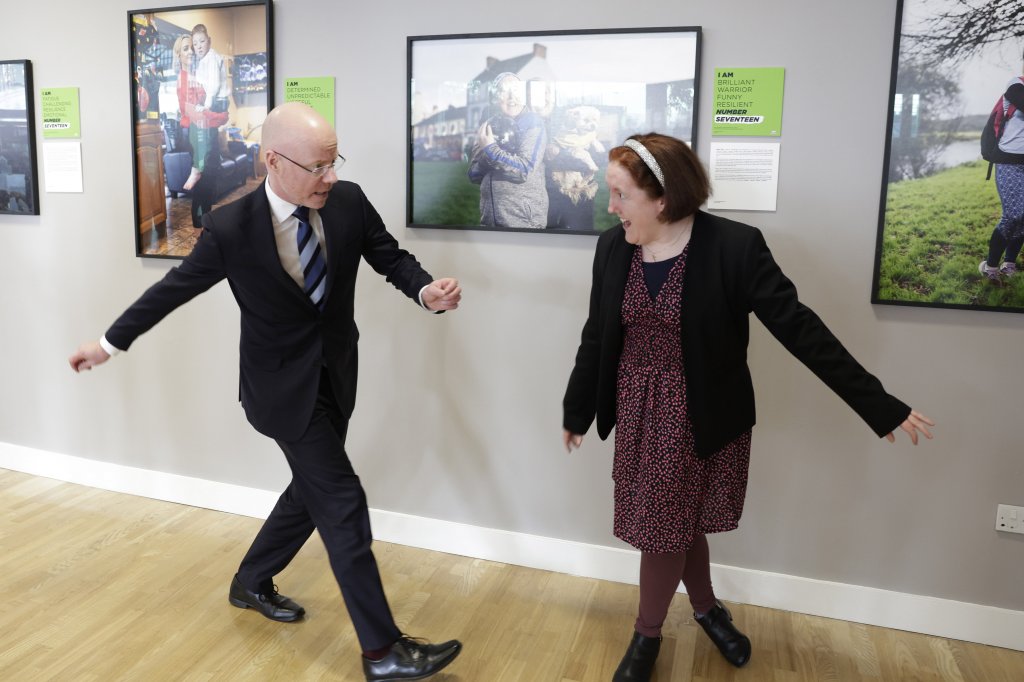Rare Disease Day, which is commemorated today, February 29th 2024, serves as a poignant reminder of the challenges faced by individuals living with rare diseases. Despite their individual rarity, rare diseases collectively impact millions worldwide, including a significant portion of the population in Ireland. This day underscores the critical need for increased awareness, support, and effective health communications to address the unique needs of this community.
The Prevalence of Rare Diseases
Rare diseases, though individually uncommon, collectively affect a substantial number of people globally. According to Orphanet, an estimated 300 million individuals worldwide are living with one of over 6,000 identified rare diseases. In Ireland alone, approximately 300,000 people are affected by rare diseases. These conditions encompass a wide spectrum of disorders, ranging from genetic and congenital anomalies to rare forms of cancer and autoimmune diseases.
Challenges Faced by Those Living with Rare Diseases
Living with a rare disease presents a myriad of challenges. Due to the lack of awareness and understanding surrounding rare diseases, those affected often encounter delays in diagnosis, misdiagnosis, or even remain undiagnosed for years. This can result in significant physical, emotional, and financial burdens for patients and their families.
Accessing appropriate treatment and support services poses another significant challenge for people with rare diseases. Many rare diseases lack effective treatments, leaving patients with limited options and often requiring complex, multidisciplinary care. Moreover, the rarity of these conditions can lead to feelings of isolation, as individuals struggle to find others who understand their experiences.
The Role of Awareness, Support, and Health Communications
Raising awareness about rare diseases is fundamental to improving outcomes and enhancing the quality of life for affected individuals. Robust health communications strategies are essential for disseminating accurate information, dispelling myths, and fostering understanding among the general public, healthcare professionals, and policymakers.
Patient groups play an invaluable role in this context. They are the voice for those who, due to the rarity of their conditions, might otherwise struggle to be heard. These organisations work tirelessly to educate the public, lobby for policy changes, and connect patients and families with resources and support networks. Their efforts help to ensure that no one walks their rare disease path alone.
Additionally, collaborations with pharmaceutical companies play vital roles in advancing rare disease awareness, research, and policy changes. By joining forces, these organisations can amplify their voices, advocate for increased funding and resources, and drive policy reforms that benefit the rare disease community.
The "I am Number 17" Campaign
One noteworthy initiative spotlighting rare diseases is the "I am Number 17" campaign, which Hanover Communications was proud to be a part of in terms of providing strategic support on public relations and public affairs. After almost a year in planning, the campaign was launched by Ireland’s Minister for Health, Stephen Donnelly, at CHQ in Dublin on February 7, 2024. Initiated by Takeda, working in partnership with Rare Disease Ireland and Rare Ireland, it is an awareness campaign featuring the real stories of 17 Changemakers from various regions of Ireland, each living with a different rare disease. The title of the campaign reflects the fact that 1 in 17 people in Ireland will be affected by rare disease at some point in their lives.
Through their personal narratives, these individuals provide poignant insights into the daily realities of life with a rare disease, underscoring the importance of awareness, support, and health communications in fostering understanding and empathy. The campaign is anchored by a poignant portrait collection created by award-winning photographer Julien Behal. Each portrait captures the essence of 17 individuals, the “Changemakers”, who embody strength, resilience, and hope. These are people who have taken the challenges thrown at them by their rare conditions and turned them into opportunities for change, advocacy, and awareness.
"I am Number 17" is more than a campaign; it's a testament to the power of storytelling in driving change. By sharing the experiences of those living with rare diseases, the campaign bridges the gap between the public and the realities of these conditions. It humanises statistics, showing that behind every number is a person, a family, a story.
Conclusion
Rare Disease Day serves as a poignant reminder of the urgent need to raise awareness, provide support, and enhance health communications efforts to address the unique challenges faced by individuals living with rare diseases.
By fostering greater awareness, promoting collaboration among stakeholders, and advocating for policy reforms, we can work together to improve outcomes and enhance the quality of life for those affected by rare diseases in Ireland and beyond.
So, let’s take a moment to acknowledge the Changemakers among us; those depicted in the "I am Number 17" campaign and the countless others worldwide. Their courage and advocacy light the way toward a future where every rare disease patient receives the support and medical attention they deserve.
1. Orphanet. (n.d.). About Rare Diseases. Retrieved from https://www.orpha.net/consor/cgi-bin/Education_AboutRareDiseases.php?lng=EN
2. Rare Diseases Ireland. (n.d.). Facts & Figures. Retrieved from RDI Rare Reality Surveys – Rare Diseases Ireland
3. Takeda. (n.d.). I am Number 17. Retrieved from https://www.iamnumber17.ie/
4. Irish Times. (2024, February 29). Takeda launches 'I am Number 17' campaign for Rare Disease Day. Retrieved from https://www.irishtimes.com/news/health/takeda-launches-i-am-number-17-campaign-for-rare-disease-day-1.4819485
5. RTÉ News. (2024, February 29). Rare Disease Day. Retrieved from https://www.rte.ie/news/health/2024/0229/507678-rare-disease-day/
6. Irish Examiner. (2024, February 29). Minister announces further funding for expanded newborn screening. Retrieved from https://www.irishexaminer.com/news/arid-40814518.html








